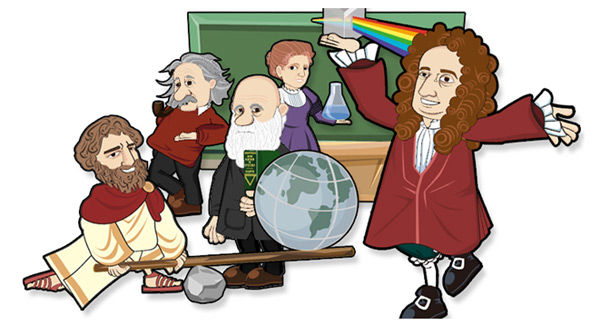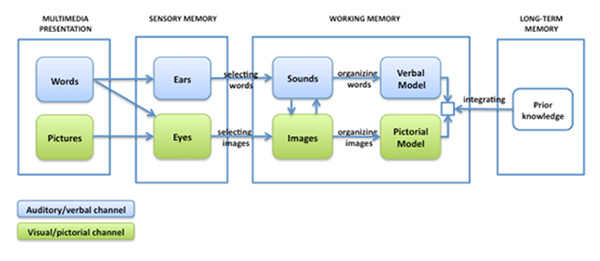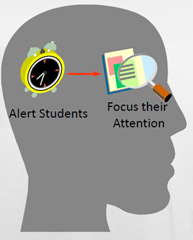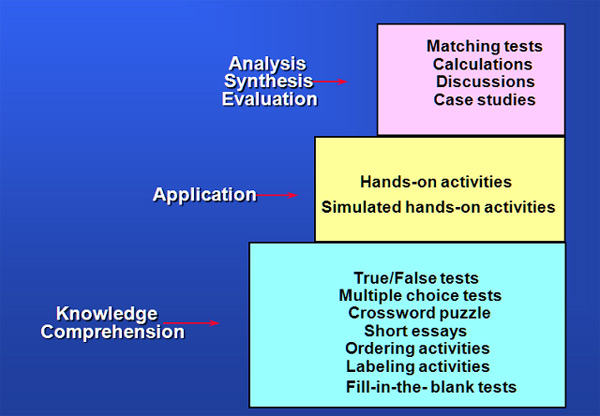| Motivational Learning with CrazyTalk Animator Maigo Lin – Visiting Scholar in San Jose University |
||
I am a professor at National Taipei University of Education, in the field of Educational technology related study. I was invited by San Jose State University to do my three research studies in the U.S.A. for one year. In my research we found that with all the things that make it interesting, animation definitely has the power to attract people’s attention. Since a learner may go back again to the program, his/her skills will continuously improve while finding new ways to apply his/her work. This type of education is fun, as people are motivated to study more each day, thus increasing their skill sets. Keller’s ARCS Motivation Model can help describe why rich media is important when motivating students.
Using CrazyTalk Animator to help students create their own student avatars is one of my research designs. I integrated students' avatars with some educational experimental treatments such as story telling strategies and other motivational variables in different learning fields. In my research, I have devised certain beliefs that technology can empower education as technology can be used to: Mayer’s Cognitive Theory of Multimedia Learning explains how multimedia can better help learners memorize topics. Particularly, I have found that animation can significantly help with education as animations have several roles in teaching: 1. Attention-gaining: This is the most common use of animation.
In the current communication age, learning will no longer be confined within the four walls of a classroom. Integrating technology into instruction can make classrooms connect with the world, providing multimedia teaching content to students. By selecting the appropriate technology tool to match learning objectives, teachers can also improve students’ motivation and achievement. If new technology can help teachers to increase their teaching effectiveness and time efficiency then teachers will like to use it. My suggestion is to let teachers understand the adopting benefits first. Once teachers implement CrazyTalk Animator in their classes for use in different curriculums, they can then evaluate the performance by use of different methods which include: Analysis/ Synthesis / Evaluation, Application, and Knowledge Comprehension.
Analysis/ Synthesis / Evaluation Application Knowledge Comprehension ================================================================ |

 ARCS Motivation Model (Keller, 1987)
ARCS Motivation Model (Keller, 1987) Cognitive Theory of Multimedia Learning (Mayer, 2001)
Cognitive Theory of Multimedia Learning (Mayer, 2001)
